Lectures will discuss black bears in New Hampshire
| Published: 04-08-2024 11:43 AM |
During the last lecture of the Peterborough Town Library’s “Naturally NH” winter series, Dan Bailey of New Hampshire Fish and Game recently discussed what residents can do to ensure the management, preservation and safety of black bears in the state.
Bailey has been a part of New Hampshire Fish and Game for five years, previously serving as the wildlife damage specialist. He said New Hampshire is split into seven main regions: the Great North Woods, the White Mountains, the Lakes Region, the Seacoast, the Merrimack Valley, the Monadnock region and the Dartmouth-Lake Sunapee area. Of those, he said the White Mountains are the most densely populated with black bears.
In 1995, New Hampshire instituted a law banning the previously existing bounty hunters could receive for the killing of black bears. A price increase on the cost of a hunting license was implemented in 2004, which essentially led to a steep drop in black bears being killed.
Since 1995, New Hampshire has not only changed its hunting requirements, but has also gained 300,000 new residents. Bailey said this requires New Hampshire state officials, such as New Hampshire Fish and Game, to help aid in the education of citizens on the coexistence of humans and black bears
“Education is a good tool to bear management and the coexistence of humans and black bears,” he said.
According to Bailey, the three main causes for human-bear conflicts are garbage, birdseed and backyard livestock, particularly chickens. To safely manage trash, Bailey said should “invest in a bear proof garbage bin consisting of a locking system or a series of clamps to hold the lid shut no matter the amount of force a bear takes to get it open.”
The second-biggest bear attractant is bird seed, which Bailey said can easily be managed by “only having a bird feeder out from the months of December to April.” To ensure the safety of livestock, Bailey said to install and maintain electric and cable fencing. However, he said, “State law requires that people can shoot bears, or other wildlife for that matter, if the bear is actively affecting the state of that human’s poultry.”
For more information about black bears, Susie Spikol of the Harris Center will present “The Life and Times of New Hampshire’s Black Bears” Wednesday, April 10, at 7 p.m. at the New Ipswich Town Library.
Article continues after...
Yesterday's Most Read Articles
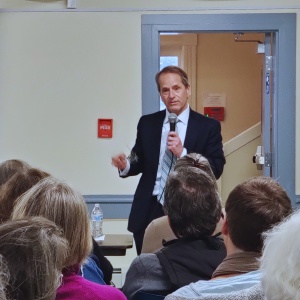 Frank Edelblut speaks at Dublin Education Advisory Committee forum
Frank Edelblut speaks at Dublin Education Advisory Committee forum
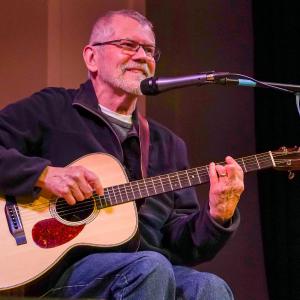 Francestown Academy Coffeehouse is in its second year
Francestown Academy Coffeehouse is in its second year
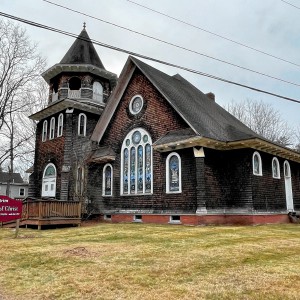 Petitioners seek special Town Meeting regarding tax lien on Antrim Church of Christ
Petitioners seek special Town Meeting regarding tax lien on Antrim Church of Christ
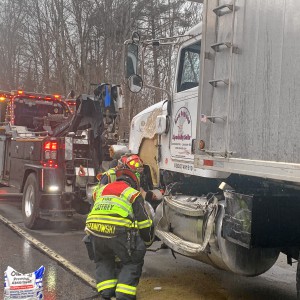 UPDATE: Drivers identified in Jaffrey dump truck crash
UPDATE: Drivers identified in Jaffrey dump truck crash
 Alan Edelkind defends actions on proposed ConVal reconfiguration
Alan Edelkind defends actions on proposed ConVal reconfiguration
 Jaffrey Civic Center hosting ‘Two Tours’ exhibit
Jaffrey Civic Center hosting ‘Two Tours’ exhibit
As opposed to Bailey’s March 27 presentation about management of black bears, Spikol will speak more about the naturalist aspect of the animals.
“I’m more interested in the natural history of black bears, like when they're born, what they eat, their mating patterns and so on,” Spikol said.
Spikol also explained that bear management relies more on the humans then the bears.
“We can be more responsible as humans then bears because we should know how to reduce bear conflicts, like keeping a tidy yard, managing trash and managing the birdseed and livestock in our yards as well,” she said.
Spikol said having lectures and meetings about wildlife matters is important.
“People like me and Dan are here to get out there in the community and help people understand more about bears and how we can coexist with them,” she said.

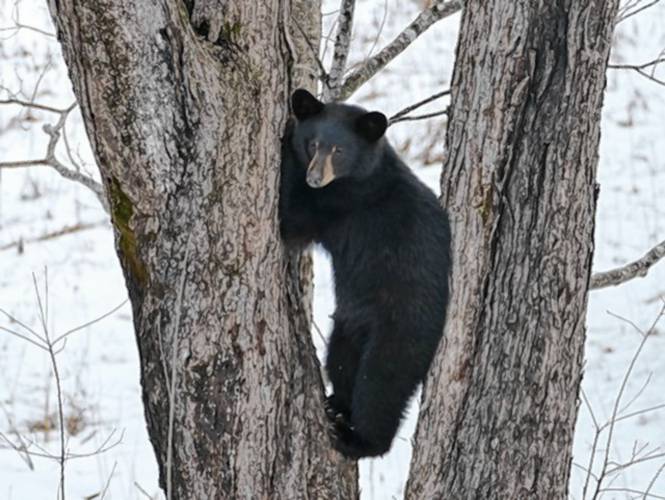
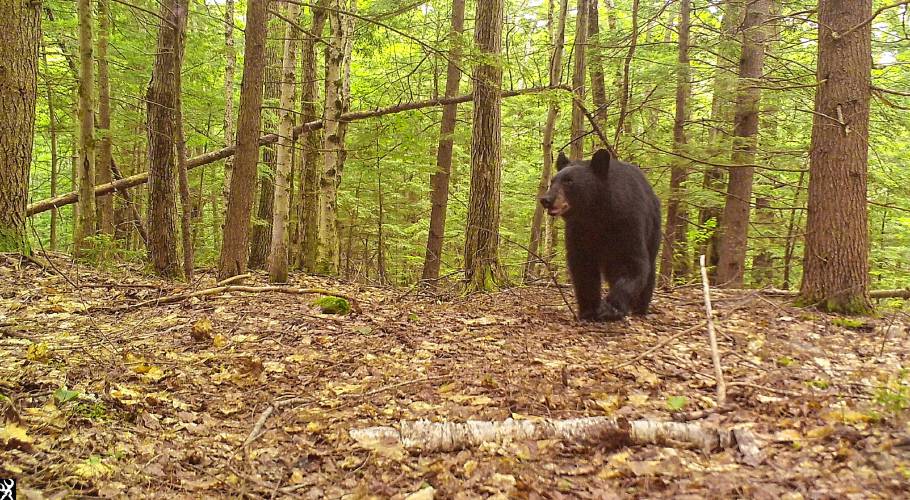
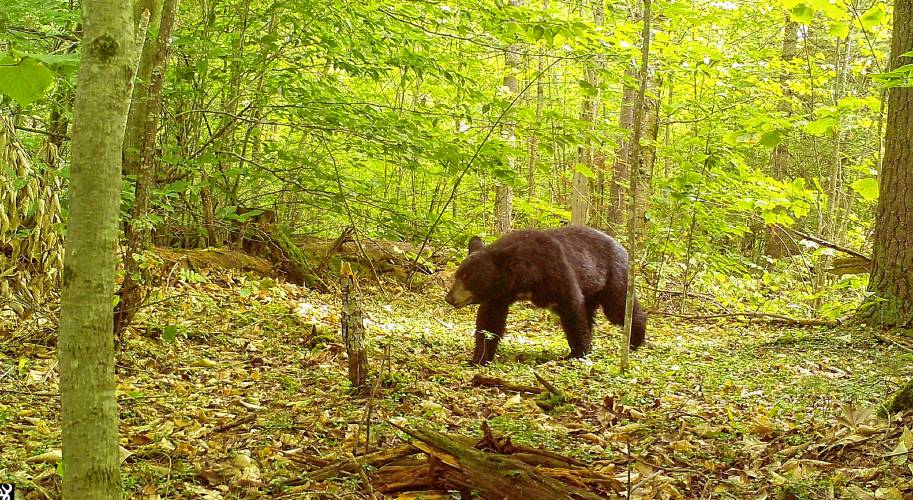
 Gail Hoar: Words About Wilton – Lessons while walking
Gail Hoar: Words About Wilton – Lessons while walking New photography studio opens on Jaffrey Main Street
New photography studio opens on Jaffrey Main Street State of the Schools – Budget challenges, but lots to celebrate at Mascenic
State of the Schools – Budget challenges, but lots to celebrate at Mascenic Jarvis Coffin: Off the Highway – Liver free or die
Jarvis Coffin: Off the Highway – Liver free or die
